The gold standard of the pop star documentary originally hit theatres in May 1991…
By Michele Yeo
There’s a point in Madonna’s landmark documentary Truth or Dare when her then-boyfriend Warren Beatty, perplexed as to why the superstar would want to put everything out there on film, says, “She doesn’t want to live off-camera. There’s nothing to say off-camera. Why would you say something if it’s off-camera?”
Madonna was often a trailblazer ahead of her time, and those words from Warren – uttered long before the days of reality TV and regular people documenting their every move on social media – seem both quaint when seen through the lens of 2020 and also as if Madonna was maybe some sort of prophet.
This year marks the 29th anniversary of the film’s release (May, 10, 1991), and with all of us confined to our homes and craving content, it’s the perfect time to either revisit the iconic documentary or experience it for the very first time.
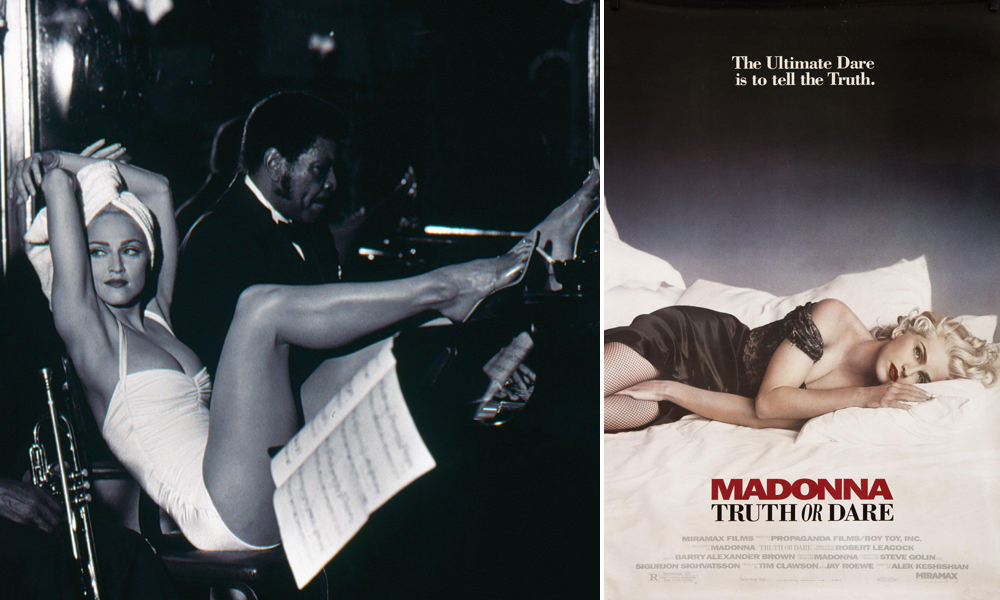
Showing the good, the bad and the ugly
Truth or Dare famously follows along as Madonna embarks on her legendary Blond Ambition Tour. The singer is at the absolute height of her success during this moment in time, coming off the release of her multi-platinum album Like a Prayer, as well as having appeared in the action adventure movie Dick Tracy (a film that spawned the soundtrack I’m Breathless, which featured her colossal hit “Vogue”).
The Blond Ambition Tour – which was to be sponsored by Pepsi until the brand pulled its dollars after Madonna’s controversial “Like a Prayer” video – consisted of 57 shows across three continents with the film’s director Alek Keshishian in tow, filming 200 hours of footage that would ultimately be edited down to become Truth or Dare. The film was originally supposed to be a straight-up concert film, but it didn’t take long for the filmmaker to realize that what was going down behind the scenes was just as entertaining as what was happening on stage.
Madonna certainly wasn’t the first pop star to invite cameras behind the scenes, nor was she the last. In the years since Truth or Dare, there’s been Beyoncé: Life is But a Dream, Katy Perry: Part of Me, Lady Gaga: Five Foot Two and, most recently, Taylor Swift’s Netflix doc Miss Americana, just to name a few. But while all have their merits, none can live up to what is truly the gold standard of the genre.
Most celebrities present a carefully calculated and cunningly curated image of themselves to the public. While Madonna would certainly never be accused of not being calculating, she allows the cameras to show us the good, the bad and the ugly in Truth or Dare. You get the sense that Madonna truly has no f*cks to give about whether you come away from the doc liking her. It’s refreshing, and also something that a pop star of her magnitude couldn’t do today without an apology tour after the fact.
Madonna doesn’t shy away from shade in Truth or Dare. Belinda Carlisle, the city of Chicago, Oprah and Janet Jackson: these are just a few of her targets. And who could ever forget when she ends Kevin Costner’s life backstage at one of her shows, putting her finger down her throat to mime throwing up after the actor uses the word “neat” to describe her show. “Anyone who says my show is neat has to go,” she says on camera. And this is Dances With Wolves-era Kevin Costner. At the height of his fame, Madonna murders him in front of millions. Madonna saves her most poisonous venom, though, for the city of Toronto. After members of the Toronto Police Service show up to the SkyDome at her third and final show threatening to arrest the singer on obscenity charges, Madonna, ever the provocateur, is positively delighted at the thought of ending up in cuffs. She refuses to back down or change her show, and the concert goes off without a hitch – but not before Madonna reduces Ontario’s capital city to filth, calling it “the fascist state of Toronto.”
But it’s not just the shade that makes the film memorable. Name a modern-day pop star at the height of her fame who would, during a game of Truth or Dare, allow herself to be filmed showing how she performs fellatio on a bottle, or who would reveal on camera that her ex-husband (in Madonna’s case, Sean Penn, whom she had divorced a few years earlier) is the one true love of her life? And remember when she shows us how thirsty she is for Antonio Banderas and how, upon finally meeting him, she’s highly (and vocally…within earshot of his wife) disappointed that he’s married? Taylor, Beyoncé or Katy wouldn’t dare!
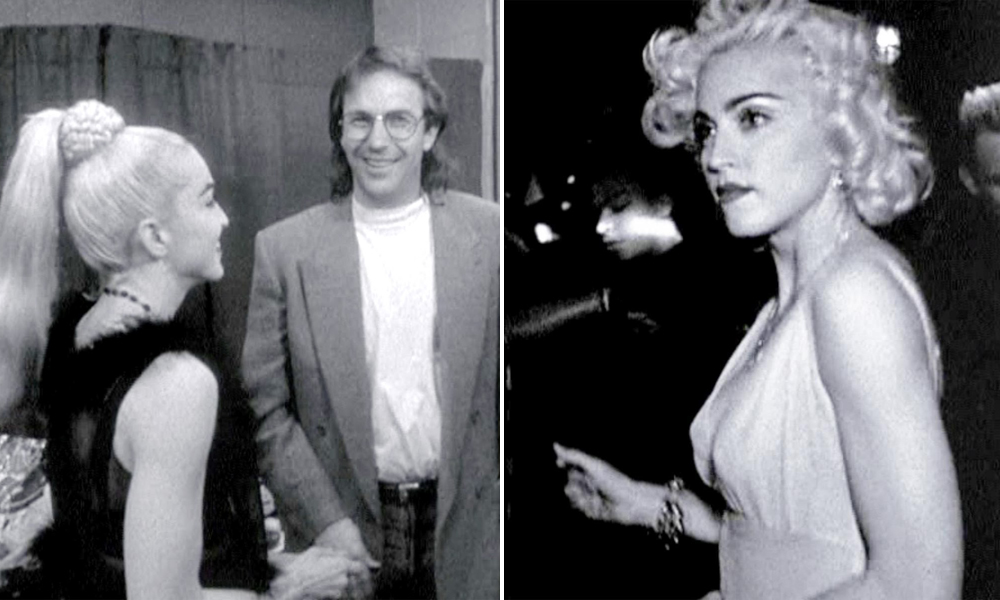
More than just Madonna
Truth or Dare is also notable for its cast of supporting characters. Who could forget Madonna’s childhood friend Moira McFarland from Michigan, whom Madge hasn’t seen in years, showing up and asking Madonna to be the godmother of her unborn child. The singer tells cameras that Moira once “finger f*cked” her and showed her how to use a tampon, claims Moira denies with, “Madonna, I did not teach you how to insert a tampon and and if we got into bed together naked, I don’t remember that.”
But it’s Madonna’s dancers and their chemistry both with the star and with each other that provide the most entertainment in Truth or Dare. Dancers like Kevin, José, Gabriel, Oliver and Salim, along with backup singers Nikki and Donna, form a travelling dysfunctional family circus filled with laughter and love. In Truth or Dare, Madonna’s gay dancers are portrayed as human beings with talents, hopes, dreams, families, etc. It now seems ridiculous that someone should be congratulated for portraying gay people as, well, people (isn’t that the bare minimum?) – but in 1991, when many were still in a gay panic about AIDS and gay people were largely under-represented in media, the bar was so low it was under the ground. Truth or Dare not only brings these gay men front and centre, it shoves their gayness in our face, most notably when, during the aforementioned round of Truth or Dare, Gabriel and Salim feature a kiss that can only be described as sexy as hell. And there’s a moment, about halfway through the doc, when the dancers attend a Pride parade. The parade stops to observe a moment of silence, which the doc lets play out without any commentary. Madonna isn’t even in the scene. Then, of course, there’s the moment when Madonna and her dancers are in a prayer circle before a show and the singer pays tribute to her friend, the artist Keith Haring, who passed away from AIDS-related complications the year previous.
While parts of the movie don’t age well – particularly Madonna dismissing, and pretty much making fun of, her makeup artist’s sexual assault, as well as Oliver’s casual homophobia – there’s no denying the cultural impact of Truth or Dare.
MICHELE YEO is a pop culture-obsessed Toronto-based long-time writer who has written and produced for outlets such as Entertainment Tonight Canada, CBC and MuchMusic. She is not, unfortunately, Michelle Yeoh from Crouching Tiger, Hidden Dragon and Crazy Rich Asians fame, although she did write and produce Yeoh’s episode of A&E Biography.

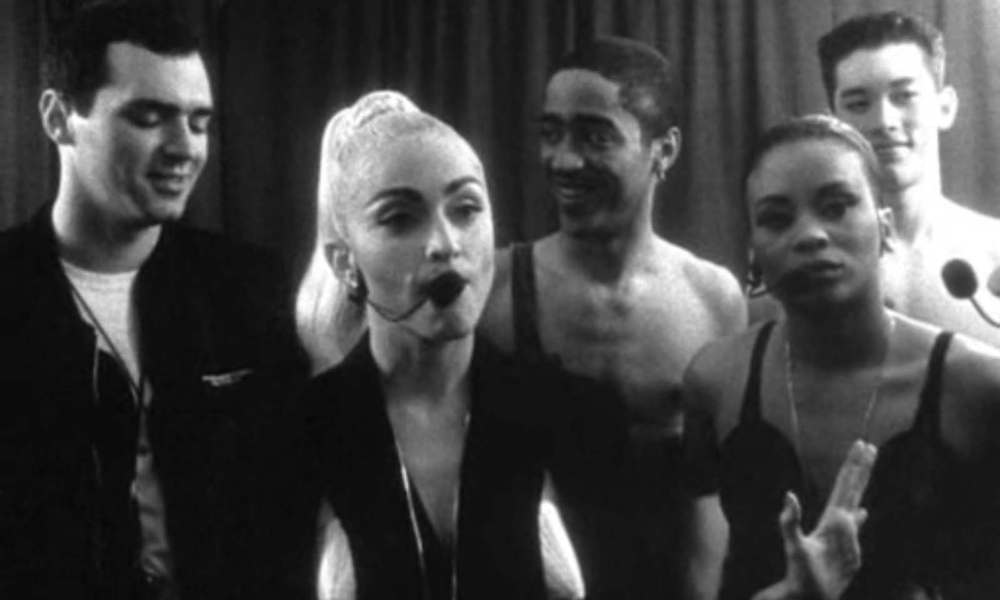

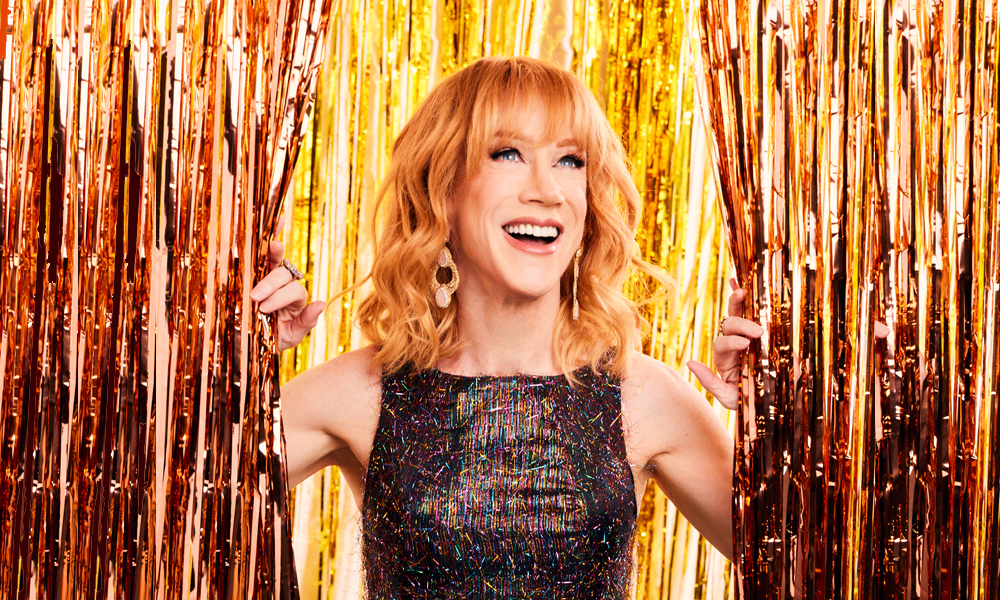
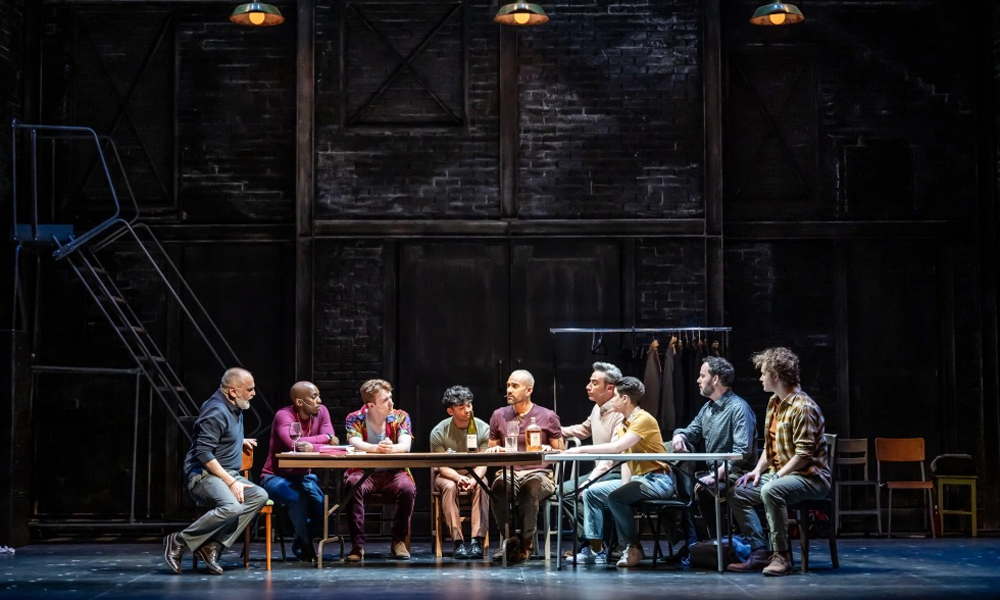
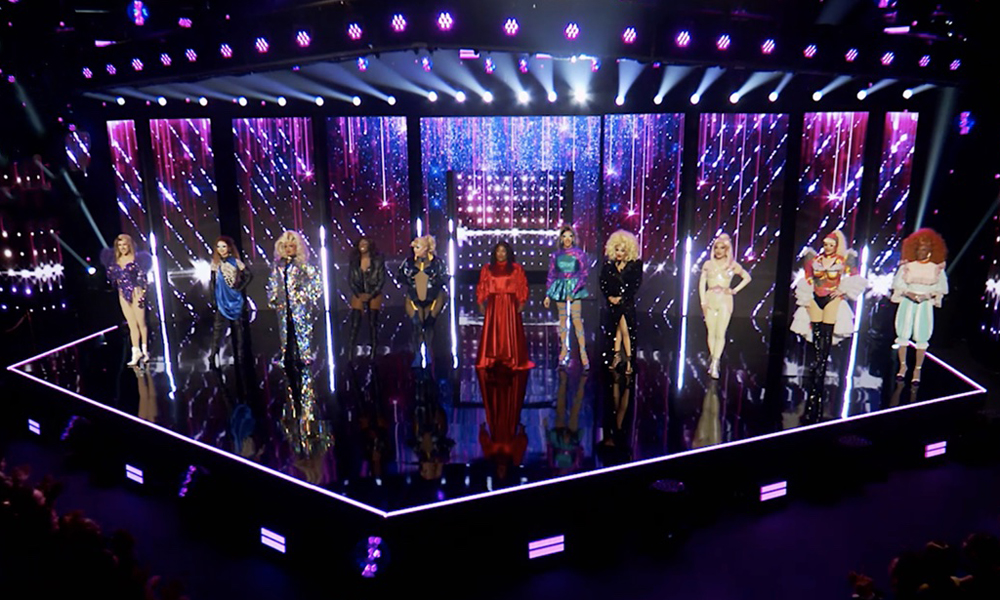

POST A COMMENT